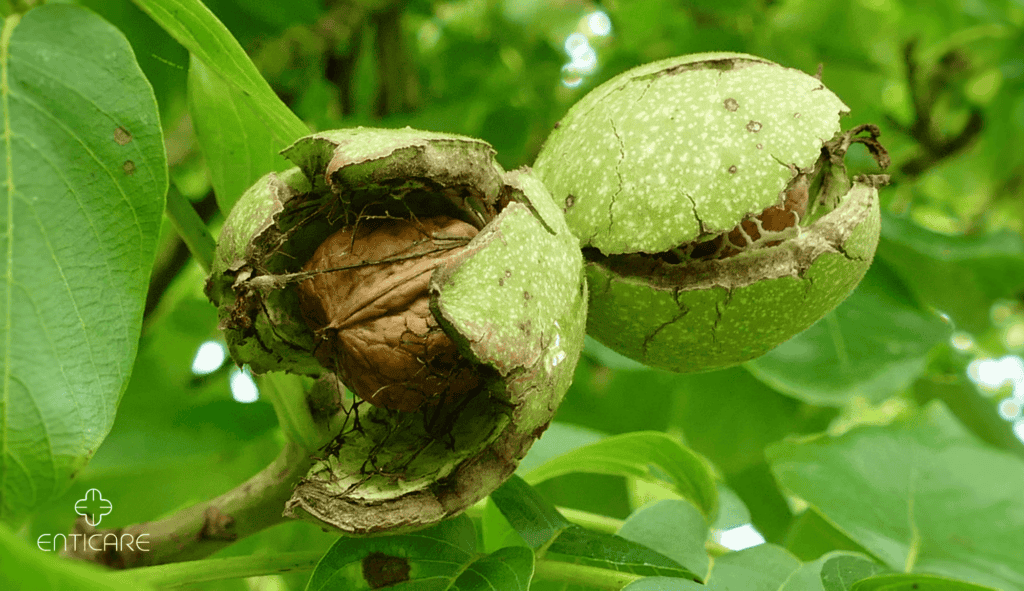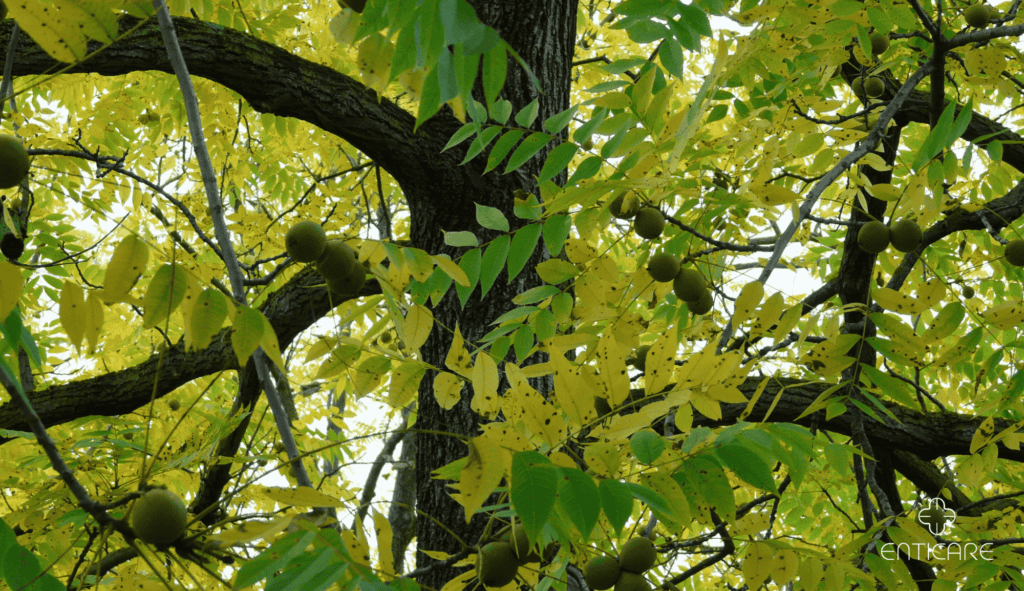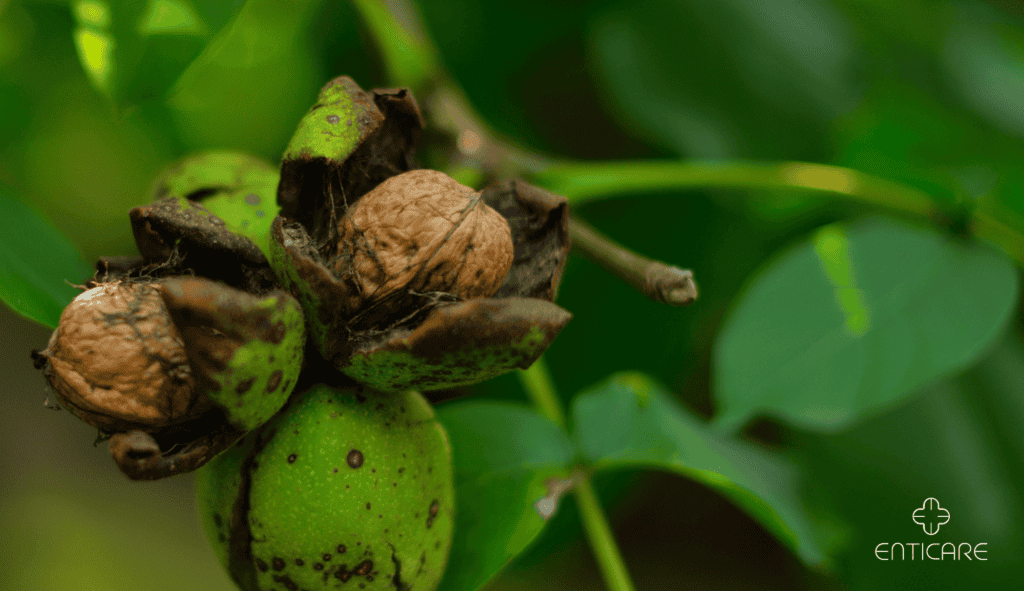Embark on a deep dive into the world of Black Walnut tree allergies – a topic of significance for those navigating the diverse landscapes of North America. As we unravel the facts about this allergen, exploring its origin, seasonal nuances, signs and symptoms associated with exposure, causes of concern, prevention strategies, risk factors, and available treatments, let curiosity be your guiding force. Discover the intricacies of Black Walnut tree allergies and empower yourself with knowledge to navigate the complexities of allergenic encounters.
Black Walnut tree allergies, though often overlooked, wield a considerable impact on individuals sensitive to this specific allergen. Originating in the wooded regions of North America, these allergies bring forth a unique set of challenges. Are you ready to delve into the fascinating facts about Black Walnut tree allergies, understanding their origin and the complex dynamics that unfold during allergic encounters?

Origin in North America:
Black Walnut tree allergies find their roots in the native woodlands of North America. Juglans nigra, the scientific name for Black Walnut trees, releases allergenic proteins that can trigger immune responses in sensitive individuals.
Seasonal Dynamics:
Black Walnut tree allergies often manifest during the growing season, particularly when the trees produce pollen. Understanding the timing of peak pollen levels is crucial for individuals looking to manage their allergic reactions effectively.

Signs and Symptoms:
Exposure to Black Walnut tree allergens can result in a range of symptoms, including nasal congestion, sneezing, itchy eyes, and skin rashes. Recognizing these signs is essential for early detection and management.
Causes of Concern:
Black Walnut tree allergies are primarily caused by proteins present in pollen and, to a lesser extent, in the wood and nuts. These allergens can lead to respiratory and skin reactions, making awareness and prevention crucial.
As we explore the intricacies of Black Walnut tree allergies, attention to detail becomes paramount. Everyday encounters with Black Walnut trees or exposure to their allergens may hold the potential for allergenic reactions, making awareness and proactive measures crucial.
Yet, fear not! Our exploration is not one of distress but of empowerment. Armed with knowledge, you can transform your relationship with outdoor environments, minimizing the risks associated with Black Walnut tree allergies and fostering a healthier, more informed lifestyle.
Prevention Strategies:
Implementing preventive measures involves avoiding direct contact with Black Walnut tree pollen, wearing protective clothing, and using antihistamines or nasal sprays during peak pollen seasons.

Risk Factors:
Individuals with a history of pollen allergies or sensitivities are at an increased risk of developing Black Walnut tree allergies. Understanding personal risk factors allows for informed decision-making regarding exposure.
Treatment Options:
If Black Walnut tree allergy symptoms occur, seeking medical advice is recommended. Treatment may involve allergy medications, such as antihistamines or nasal corticosteroids, to alleviate symptoms.
Now armed with insights into Black Walnut tree allergies, take proactive steps to navigate your daily life with confidence. With awareness as your guide, transform your relationship with outdoor spaces, fostering a harmonious coexistence with the environment. Take charge of your well-being with Enticare – your partner in personalized treatment solutions. Dial 480-214-9000 to explore your options.

